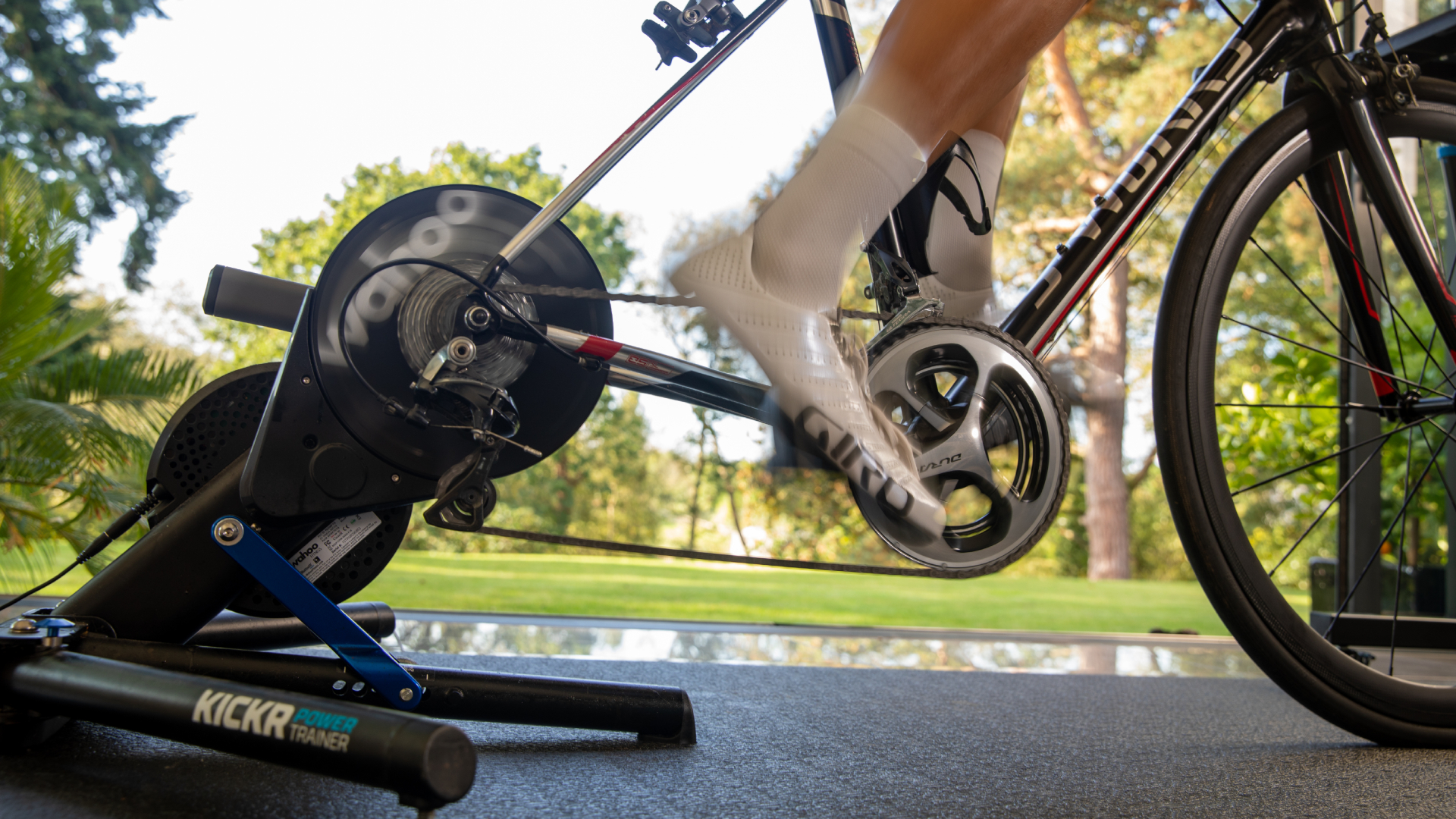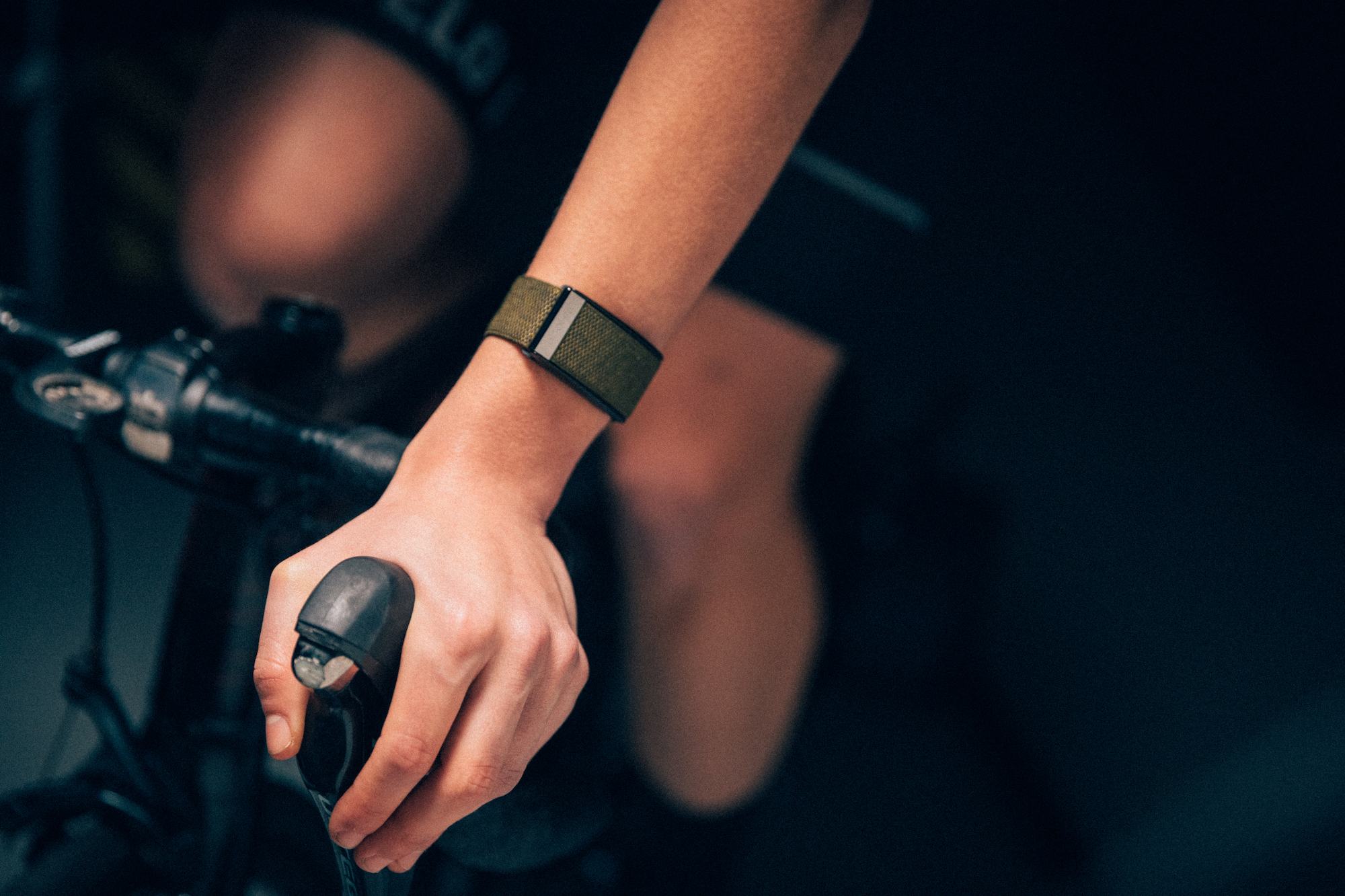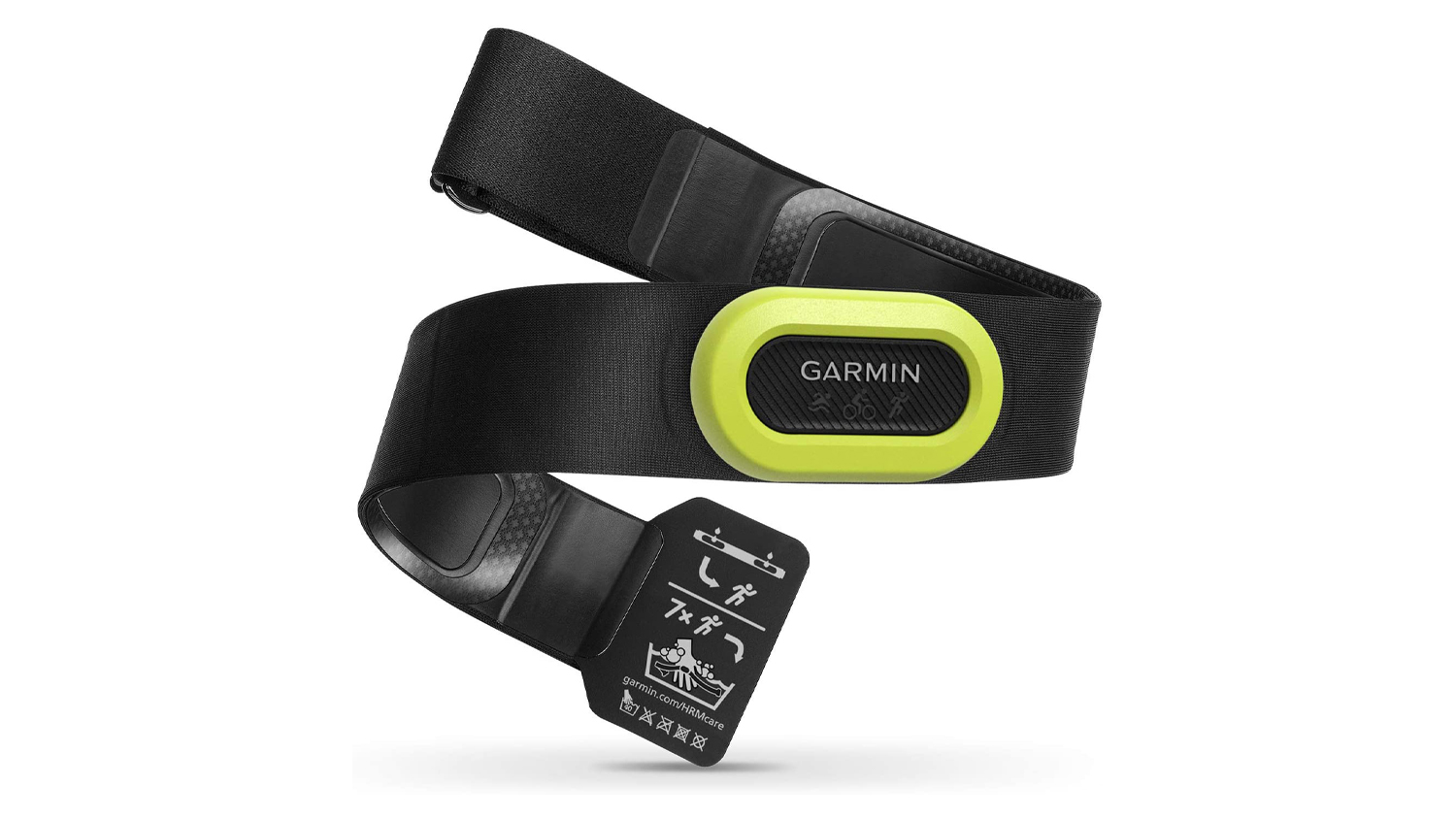
Cycling electronics brand Wahoo announced today that its ecosystem of trainers and heart rate monitors is now eligible for purchase using one's Health Savings Account (HSA) and Flexible Spending Accounts (FSA).
With this announcement, Wahoo joins Garmin, Whoop, Oura, and several other leading fitness brands in encouraging insurance companies to recognise their products as valuable investments in health and wellness, and thereby expanding access for consumers.
"We’re thrilled to offer this new integration, expanding access to our products for endurance athletes who want to invest in their fitness and health," said Gareth Joyce, CEO of Wahoo Fitness, in a media statement.
"At Wahoo, we are committed to removing barriers to better training, and this partnership with Truemed is another step toward achieving that goal and helping to build the better athlete in all of us."
With a growing number of wellness products qualifying as HSA/FSA-eligible expenses, consumers can now leverage their healthcare benefits to purchase fitness wearables and other training tools.
Here’s a closer look at what this means for you and how to make the most of your funds.
To learn more about what other cycling benefits may be lurking in your health insurance, read our article on the five hidden health insurance benefits every cyclist should know article.
What is an HSA/FSA?

In the United States, there are various types of health insurance plans, such as PPO (Preferred Provider Organization) plans and high-deductible health plans paired with Health Savings Accounts (HSA).
HSAs and FSAs are two types of tax-advantaged accounts that allow you to set aside pre-tax funds for certain medical expenses.
With an FSA, you must use the funds within the year or risk losing them, while the funds in an HSA belong to you and roll over year after year.
These accounts are typically offered through employers, and the funds can be used for a variety of healthcare costs, including an increasing amount of products that promote health and fitness.
What Products Are HSA/FSA Eligible?

Over the past few years, an increasing number of fitness products have become eligible for purchase under HSA/FSA plans, particularly those that track key metrics like heart rate, blood pressure, sleep and overall wellness.
These devices now fall under preventative care and are considered legitimate tools to help individuals actively manage and improve their health. This shift aligns with a broader trend in the healthcare industry, where more emphasis is being placed on prevention and holistic wellness.
Eligible products include:
WAHOO:
KICKR smart trainers, KICKR bikes, Heart Rate Monitors and RPM bike cadence sensors.
GARMIN:
Wellness wearables such as heart rate monitors and the Index BPM smart blood pressure monitor as well as the Index S2 smart scale.
COROS:
Watches and heart rate monitor are eligible.
WHOOP:
Whoop's wrist-based activity and wellness tracker, all WHOOP memberships and WHOOP Battery Pack.
OURA:
The Oura ring and memberships.
How to Use Your HSA/FSA Funds to Buy Fitness Products from Wahoo, Garmin and More

1. Review your health insurance plan to see if you have an HSA/FSA.
2. Verify eligibility. Many brands clearly label their HSA/FSA-eligible products. However, you'll want to confirm a product’s eligibility with your HSA/FSA provider.
3a. Use your HSA/FSA card when checking out.: If you have a dedicated debit card for your HSA/FSA account, simply use it at checkout from the brand's official website.
3b. File for reimbursement. If you do not have a dedicated card and purchase the product out of pocket, you can submit a claim for reimbursement through your HSA/FSA provider’s portal.
4. Keep Documentation. Always save receipts in case your provider requests proof of medical necessity.







